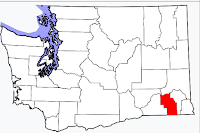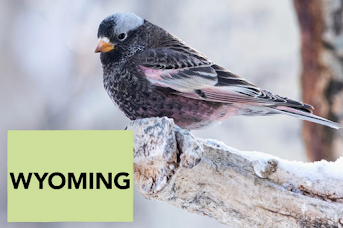 |
| The Dayton Library will remain open after initiative was barred. (Photo by Dean Rutz, The Seattle Times) |
Many public libraries are facing increasing pressure to remove targeted books from shelves or even more extreme measures, such as asking voters to close the library, which almost happened to Dayton Library in Columbia County, Washington. "The library — which was on the verge of becoming the first library in the country to shutter over disputes about what books it offers — will remain open," reports David Gutman of The Seattle Times, "after a Columbia County court Wednesday barred an initiative to close the library from appearing on the November ballot."
The Dayton Library is the only library in Columbia County, pop. 4,000, and the town of Dayton, where the conflict has wrangled residents for over a year, is "a one-stoplight farming town where wheat prices are displayed on Main Street," Gutman writes. "The library's opponents, led by Jessica Ruffcorn, a mother of two and the leader of the movement to shut the library. . . objected to the placement of books concerning gender, sexuality and race in the kids and young adult sections of the library. Initially, the complaints centered on one book, What's the T?: The Guide to All Things Trans and/or Nonbinary, but they quickly spread to a dozen others and now well over 100 books. . . . All the contested books are found in 'hundreds if not thousands of libraries across the country,' according to the Washington Libraries Association."
 |
| Columbia County, Washington (Wikipedia) |
If the initiative passed, "all of the library's books and materials would have been moved to the state library near Olympia, and the library's building and other property would return to the city of Dayton, which, prior to the formation of the rural library district, had been unable to fund the library," Gutman notes. "Columbia County Superior Court Commissioner Julie Karl ruled for the library's supporters, barring the county from placing the initiative on the November ballot. The initiative, Karl said from the bench. . .was unconstitutional, procedurally invalid and the signature gathering was marred by 'potential criminal acts.'"

























